We all know that sleep is crucial for #happierhomeshealthierlives.
We spend a third of our lives in bed so the right bedding is one of the most important home purchases of all!
So check out this in depth guide on how to choose the bedding that’s right for you.
Click HERE to read more on Nikki’s Top Tips for your Best Rest Ever.
Choosing the right Mattress
It is a personal thing!
There is no one best mattress for all – the mattress that suits you best will depend upon the spinal support you need.
This is determined by your unique posture, the kind of work you do, the sports you play, and even the intensity.
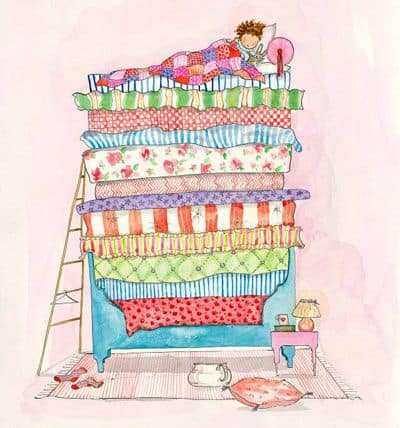
How do you Sleep?
The sleeping position that you prefer will determine which mattress is right for you.
Back sleepers tend to push against the spine, which is why they need a firm mattress. People who sleep on the side need a soft mattress, which is delicate for hips and shoulders. Stomach sleepers need something in the middle.
Your sleeping position also influences which type of pillow suits you best, because each offers a different level of support to get the correct alignment.
How to choose a Pillow?
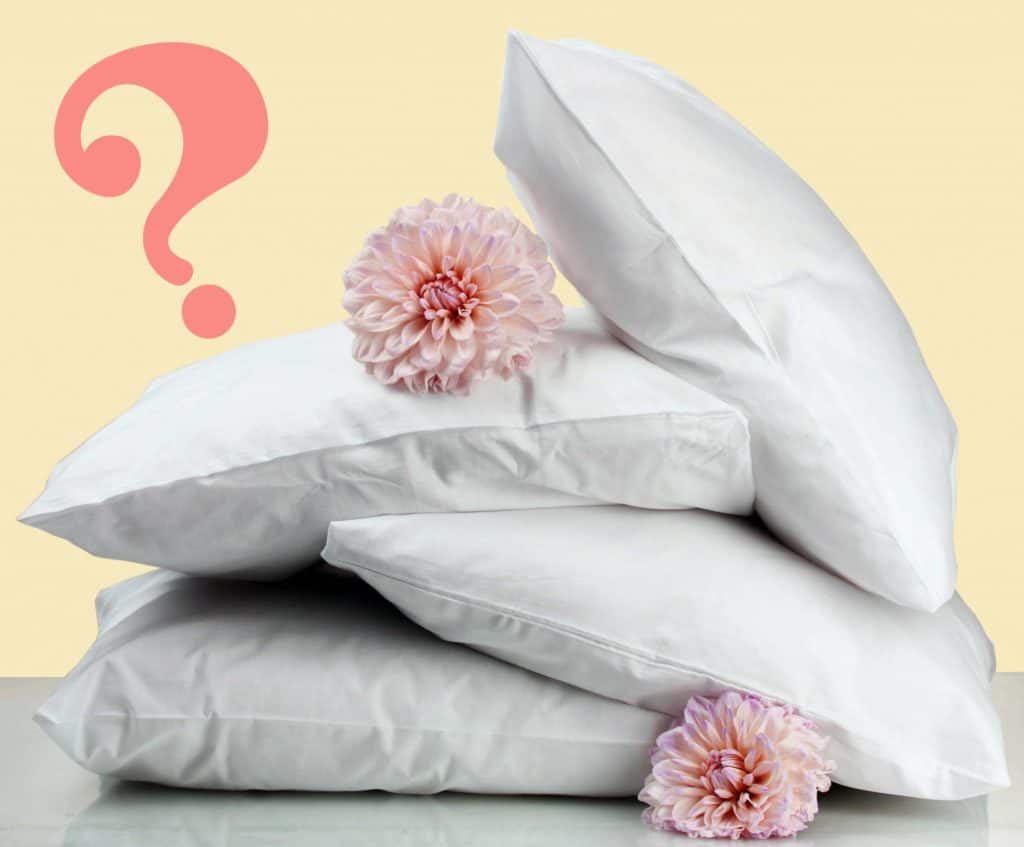
Side Sleepers generally need a fuller (taller), quite firm pillow, which matches the gap between the head and mattress caused by the shoulders. A thinner pillow for between the knees can help relieve back pain in side sleepers.
Back Sleepers may prefer a flatter (lower) pillow. Memory foam pillows suit back sleepers as they match the shape of your head and allow you to sink in evenly, meaning your neck won’t be strained.
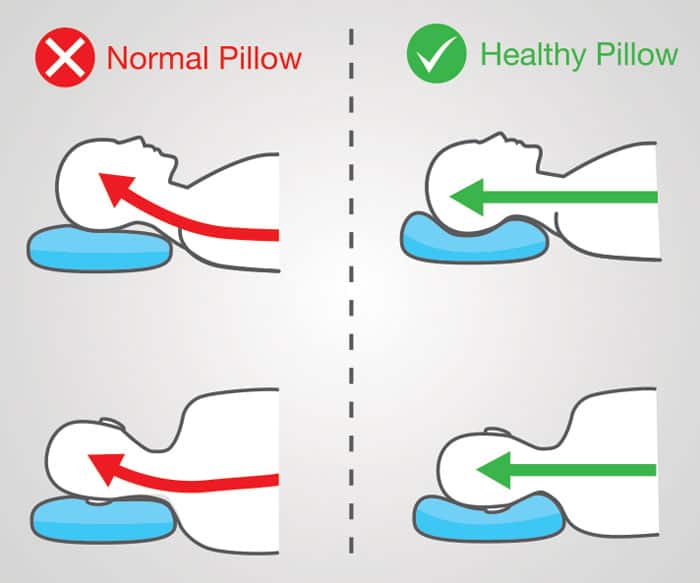
Stomach Sleepers might like a soft, almost flat pillow. Placing a thin pillow beneath your stomach/pelvis area might help you avoid back pain, too.
Toss and Turn Sleepers will need a pillow that pitches at all these sleeping positions – a supportive one that’s of medium height should just about do.
Choose a Pillow to suit your Mattress
Yup, the mattress does matter when you’re choosing a pillow.
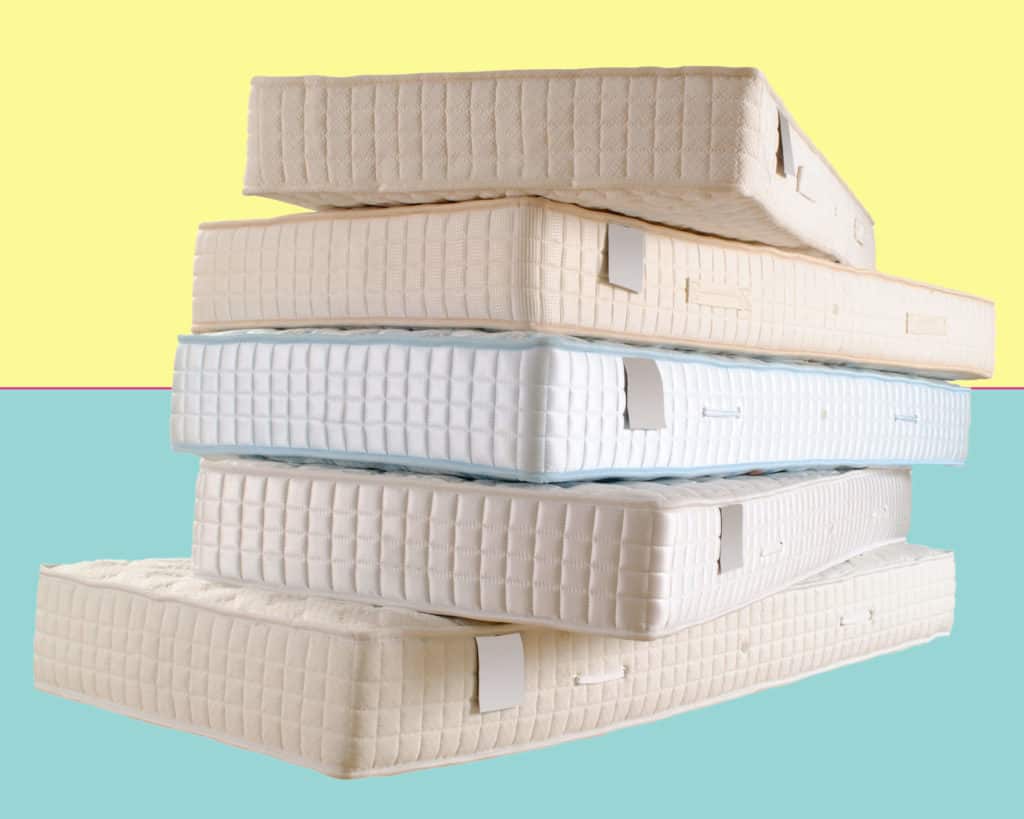
As a general rule, you should choose a soft pillow for a firm mattress, and a firm pillow for a soft mattress.
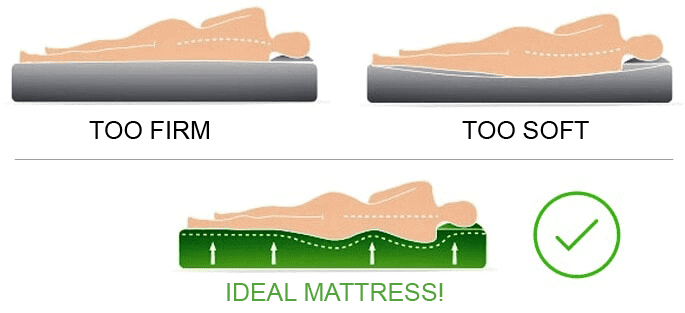
How to Choose a Pillow Filling
Pillows usually come in a choice of feather, down, latex, microfibre and memory foam. But don’t just consider the filling type, but the ‘fill power’, too. The higher the number, the plumper the pillow; the more tightly packed it is, the longer it might last, but the firm it will feel.
‘Fill weight’ is another consideration: down and synthetic pillows are lighter than memory foam and latex pillows; if you like to move your pillows about at night, lighter ones may suit you better.
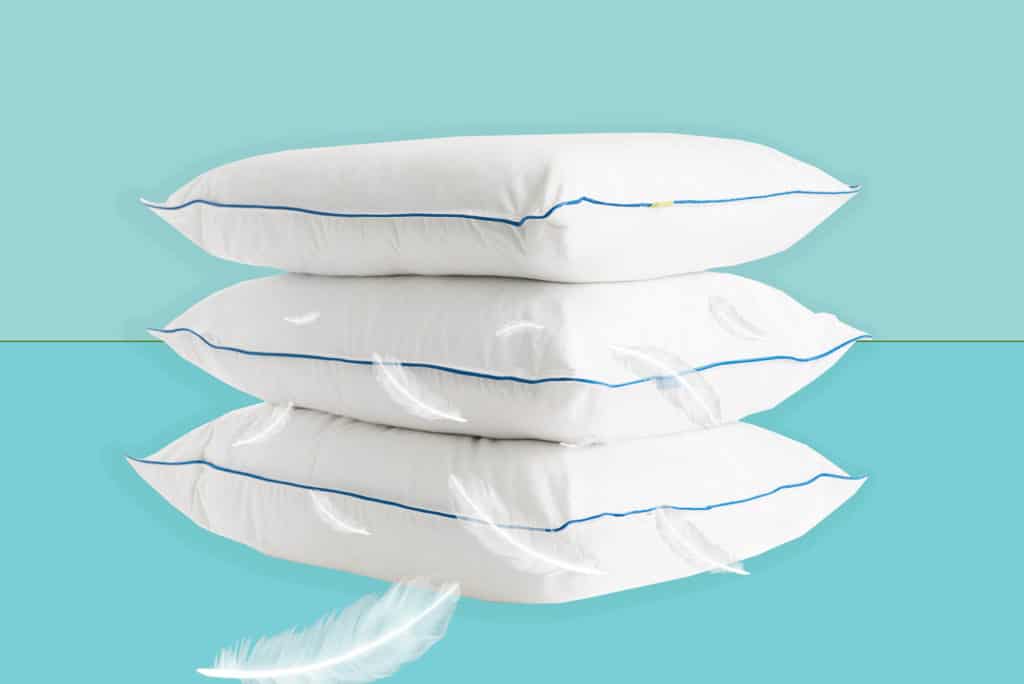
Feather and Down Pillows are supportive and comfortable, and will stay that way for longer than synthetic fillings. They can also be moulded around your neck easily – ideal if that’s how you like your neck supported. Down pillows are usually filled with fibres from geese or ducks, with goose down usually softer and more expensive than duck.
If allergies have put you off these pillows in the past, quality pillows will usually have had their filling processed to remove the dander. These pillows can also be machine washed, feather is cooler than down which is important for those of us living in the tropics.
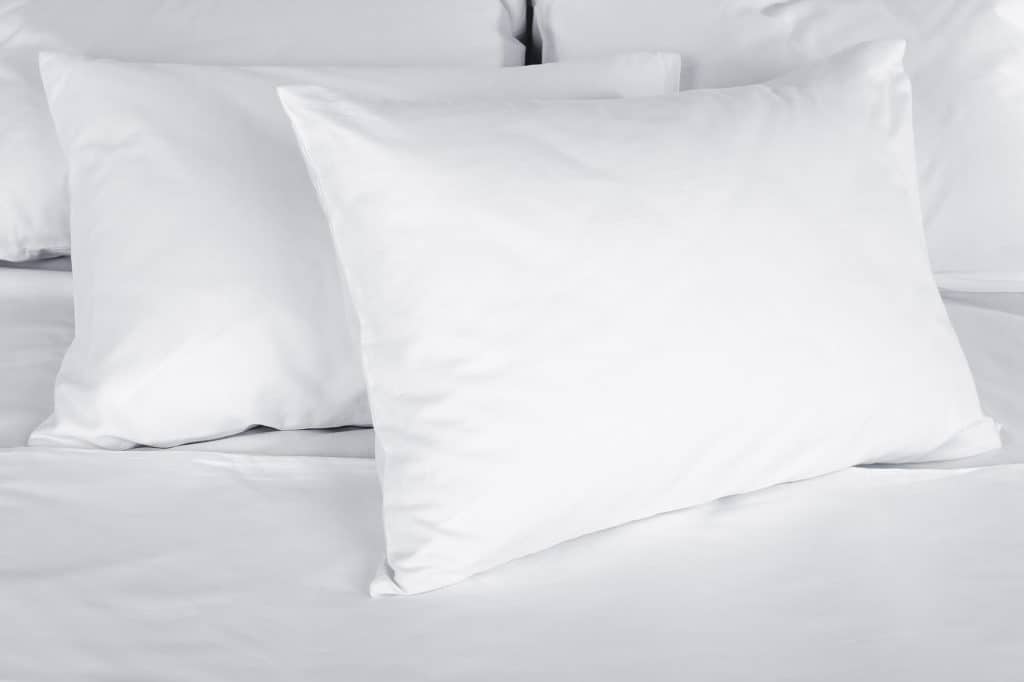
Memory Foam Pillows offer even, firm support. They can be a great buy for back and side sleepers who need lots of neck support.
Microfibre Pillows are cheaper than other pillow types, come in hypoallergenic options, can be popped in the washing machine and come in a range of shapes, heights, weights and sizes so you can choose one for your sleep position. All good so far. The downsides? They’re not as breathable as natural fillings and they won’t last as long.
Latex Pillows are a great choice for allergy sufferers; they offer good, firm even support (similar to memory foam and firmer than down), are breathable, will keep you cool, and will last.
And don't forget the sheets!
Bedding plays a big role in sleep, Natural fibres. like cotton, linen and bamboo are breathable and will keep us far cooler and more comfortable in hot, humid conditions.
For more tips on how to design a bedroom that will help you sleep better: Click Here













